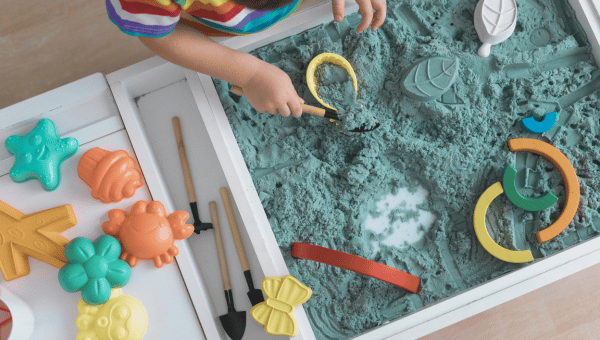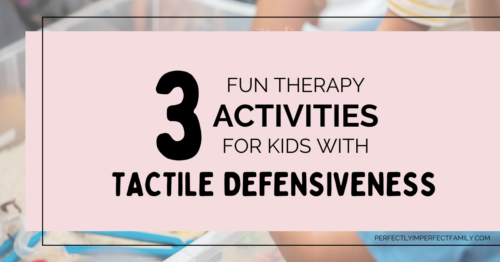3 Fun Therapy Activities for Kids With Tactile Defensiveness
When my son was diagnosed with tactile defensiveness, we tried various occupational therapy activities. His favorites included sensory bins with rice and toys, shaving cream play with toy cars, and water table play. These activities helped him become more comfortable with different textures, and I hope they can help other children with tactile defensiveness as well.
How We Celebrate Valentine’s Day
After a chaotic Valentine’s dinner out years ago, we changed how we celebrate. Now, we enjoy a fancy family dinner at home — complete with special plates, candles, and sparkling cider. The kids help decorate, making it a memorable tradition. It’s a fun way to celebrate love as a family while avoiding the holiday restaurant rush!
Discover the Magic of a Girls’ Weekend
Every year, my mom, sisters, and sister-in-laws escape for a much-needed girls' weekend. We shop, play games, watch movies, and enjoy uninterrupted conversations — no kids, no stress! It’s a time to recharge, laugh, and indulge a little. If you’ve never done a girls’ weekend, I highly recommend it — it’s the perfect way to relax and reconnect!
Things Our Kids Love Doing in St. George, Utah
St. George, Utah, is one of our favorite vacation spots. From exploring Pioneer Park and Thunder Junction to hiking in Zion National Park, there’s so much to do with kids! We also enjoyed delicious meals at Angelica’s Mexican Grill and Ah’sya Vietnamese Restaurant. If you’re planning a trip, these stops are worth adding to your itinerary!
How Am I Supposed To Get My Son Ready For College?
Attending a college prep meeting for my junior son was a wake-up call! The realization that he’s nearing adulthood and the daunting costs of college left me overwhelmed. Between teaching life skills and navigating scholarships, there’s so much to do. My advice? Start early — both in saving and preparing your child for the real world!
Why I Hate the Winter Months
Winter has its magical moments — fresh snow, hot chocolate, and cozy fireplaces — but it also feels never-ending. I’m always freezing and struggle with the winter blues, making these months tough. I try to combat it with natural light, getting out, and family movie nights. If you also battle winter blues, I’d love to hear your tips!









